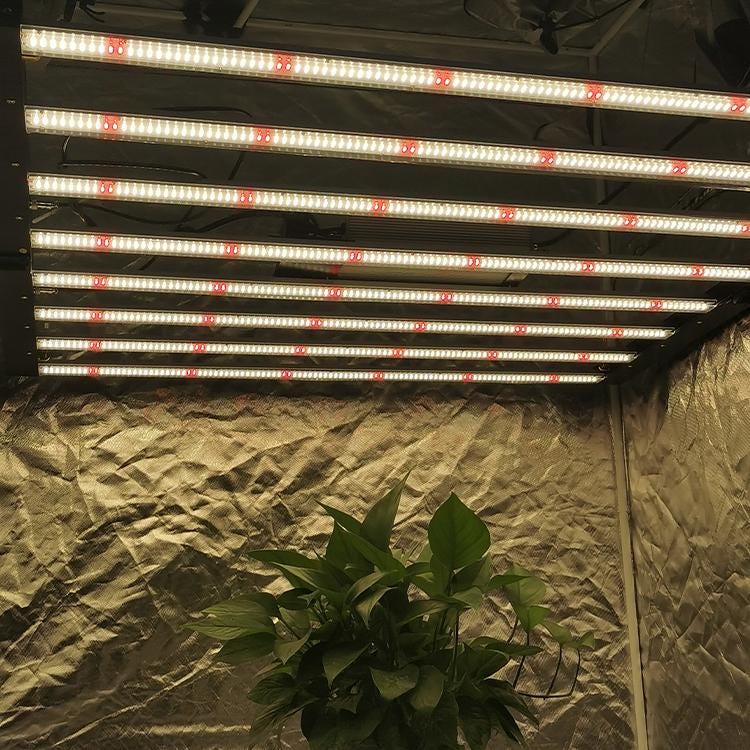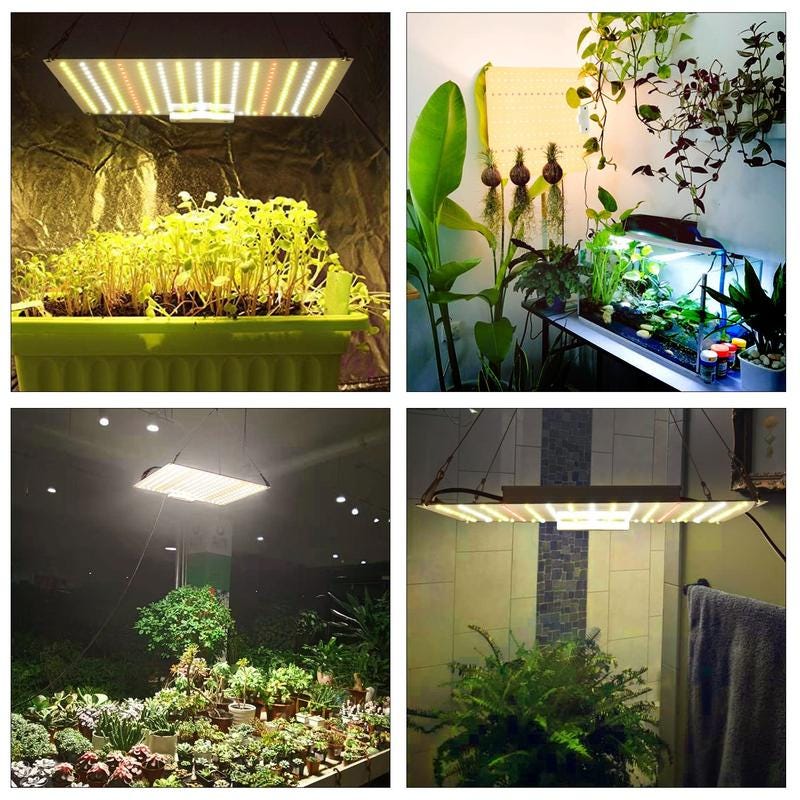How Can I Increase The Heat In A Grow Tent?
The cold temperature kills plants. Specially indoor grow plants where ‘Mother Nature’ isn’t there to take care of them. And you as a smart grower must be acknowledged of it.
So, what are the threats when your grow tent is too cold? To be precise, such a critical fall in temperature may cause damage to leaves and roots that leads to less germination and eventually less yield.
None of us growers want that, right?
To deal with the problem, you might have already bought heaters or made a few changes to the growing system. But still, it’s too cold while the lights are off. Especially if your tent is located in a poorly isolated room.
However, we’ve been concerned about this very problem for quite a long and have written a guide that’s going to bring the smile back for every grower. Take a moment and pat your back, as this article has got your attention. Get yourself a cup of coffee, take a breath and let’s start gliding through the whole post-

How Cold is ‘Too Cold’ for A Grow Space?
Grow tent temperature never stays the same throughout the day. It’s more likely to have a cycling temperature rise and fall day and night. For both warm-season crops and cool-season crops, there are different expectations of this temperature limit.
For Warm Season Crops, it’s good to have a daytime high of mid 70 degrees, and the nighttime temperature should be no lower than 60 degrees. For Cool Seasoned Crops, the limits of daytime and nighttime should be set at 60 and 50 degrees respectively.
Now, come to the point of how to keep an eye on the temperature of it. As opening the tent to check the temperature would chill the plants, use something that monitors it for you remotely.
A good idea is to use a Min-Max Thermometer. It calculates the maximum inlet/outlet temperature for the past 24 hours and displays that off. An upgrade to that would be a Remote Outdoor Thermometer, which does the same job just with a wireless connection.
What Temperature Should Grow Tent be?
The ideal temperature to maximize your plant's growth potential is between 20 degrees Celsius (68 Fahrenheit) and 28 degrees Celsius (82 Fahrenheit). Temperature can definitely fluctuate without much (or any) damage to your crop. It is the extended temperatures of too cold or too hot that will stunt or kill your plants. Don’t let the inside of the tent get any lower than 20 degrees Celsius (68 Fahrenheit) and definitely no higher than 31 degrees Celsius (87.8 Fahrenheit).
If the tent gets to these temperatures, make sure to remedy the situation as soon as possible. Even though space heaters and oil radiant heaters have thermostats on them, it is a very good idea to have a separate thermostat in the room, placed on the opposite side of the room.
You can expect the area where the heater is to get hotter when it is first running and the heat hasn’t spread around the room yet. So, having a thermostat close to the heater might give false readings.
Best Temperature for Flowering Stage
The flowering stage of growing plants is where all the magic happens. The plant starts to give off its unmistakable scent and the buds start growing big and large if you have the temperature right.
The best temperature for the plant flowering stage might differ slightly from species to species, however, there is a general rule of thumb for getting buds to grow. When the plant is grown seasonally outdoors the flowering stage will occur in the late summer and fall when the temperatures are cooling off a bit.
This means having your grow room at the lower end of the temp range of 20 degrees Celsius and 28 degrees Celsius for flowering to begin. I generally like my plants somewhere between 20 and 24 degrees Celsius for the flowering/budding stage.
As mentioned in this article, some grow lights will produce heat. You will want to take this into consideration when planning your grow tent. Whether you use HPS, compact Fluorescent’s, or LED they will all produce some heat. LED obviously doesn’t throw nearly as much heat as HPS.
Be wary that hot lighting could burn the tops of your plants. Make sure the lights are at a safe distance from the plant. You will have to adjust the height of the lighting as the plants grow.

Problems that A Cold Grow Room Suffers From
Among the plethora of issues that a ‘too cold’ grow room can suffer from, here are three of the most critical ones-
Low Germination
Most grow plants germinate well in between a temperature of 65–75 degrees Fahrenheit. Some warm-season flowers and vegetables like this range to be 80+ degrees. But with a grow tent cooler than 60 degrees, you can’t expect the plants to even start the process of germination. Eventually, leading to low and poor yield.
Higher Oxygen Concentration
The below the temperature of your grow space will chill the water, leading to a higher concentration of oxygen dissolved in it. While plants intake that through roots, it hinders the metabolism and enzymic processes of plants.
A Damp And Unhealthy Grow System
Low temperature may cause a few cold or hot spots popping up in some places of the entire space. That eventually creates a damp environment and unwanted mould. Both of the issues may leave your plants with severe damage and over-purpling leaves.
How to Increase Temperature in a Grow Tent
There are so many ways to get some heat in your grow tent. Let’s dive right into how…
Heating a smaller grow tent
Using an aquarium heater in a 5-gallon pail. I like this idea for a room that is smaller than 4’ by 4’ for floor space. What you do is fill up a 5 gallon with water and then place an aquarium heater in the water. Plugin the heater. The heater will work to keep the water warm and by default, it will help to warm up the growing area. This method will also add humidity to the space, which your plant will want.
Sometimes just having a grow tent near an outside heat source is all you need to keep the temperature up. The tent can be placed near a furnace or ductwork that has heat running through. This might not work as well in the summer months if an A/C unit is running.
If you have a location that has south exposure with the sun shining in a window that could provide you with enough heat inside of the tent as the sun warms it up every day.
Insulating the outside of the tent with fiberglass insulation or Styrofoam insulation will help to keep temperatures consistent and will aid in your grow tent’s warm-up as well.
If you want to have more control over the heat in your small grow tent I recommend using a small space heater. There are literally hundreds of them on the market. Make sure to purchase one specifically made for small spaces. Honeywell makes a nice space heater that throws heat 360 degrees. It has a thermostat as well so you can ensure your grow tent stays at a constant temperature.
Heating a Larger Grow Tent
Heating a larger grow tent will be basically the same as trying to heat a smaller tent. The one thing I wouldn’t try in the larger tent that would work in the smaller one is the aquarium heater in the pail of water trick. A larger tent is just too big for this to be effective.
Using a space heater is almost a must when your tent is quite large and you have a good size crop growing.
An oil-filled radiator is an even better idea than using a space heater for larger tents. Why? Because a space heater is blowing hot air into space. This could potentially dry out plants too quickly or burn leaves if they get too close. An oil-filled radiator heats up and the heat radiates from the radiator. This means the room gets warm with hot air blowing on the plants. An excellent choice is the DeLonghi model linked above.
Make sure to have an oscillating fan running in your grow tent to help distribute the heat around the plants. Otherwise, one side of the room will be much warmer than the other.
Conclusion
Now that you have read this article, you should have a good idea of how to heat your grow tent. Just remember that you might want to ventilate the room as well. This is a good idea not only for dispersing heat but for clearing out the smell of the plant. You can also hook up a charcoal filtration system to clean out the scent.
评论
发表评论